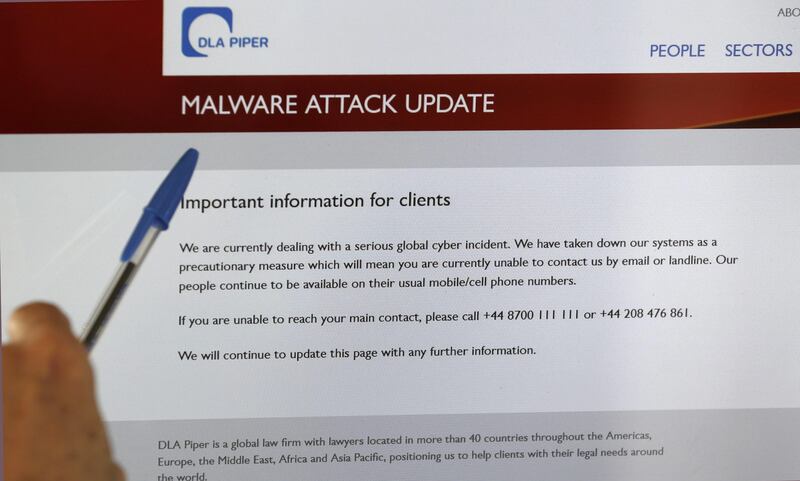Industrial companies spend an average US$500,000 each year as a result of cyberattacks, according to a Kaspersky Lab survey.
The Russian internet security and anti-virus firm said industrial control systems (ICS) are in the line of fire not only from targeted attacks, but also ransomware such as WannaCry and Petya.
“With cyber threats on the ICS shop floor, it is better to be prepared,” said Andrey Suvorov, head of critical infrastructure protection at Kaspersky Lab. “Security incident mitigation will be much easier for those who have leveraged the benefits of a tailored security solution built with ICS needs in mind.”
Kaspersky surveyed 359 industrial cybersecurity companies and found that ineffective measures to protect against cyber breaches cost firms an average $500,000 a year.
More than half of the organisations surveyed had experienced up to five cyberattacks over the past 12 months, highlighting more compromising gateways as a result of digital technology. And nearly 4 per cent of firms dealt with more than six attacks.
The top three incidents included damages to product and services, loss of proprietary or confidential information and production losses at sites. Kaspersky Lab said that while industries are aware of the growing problem, the issue is the continuation of using conventional malware.
While many industrial firms have outside protection, there is very little safeguard from internal dangers. “We are well protected against external threats, but what is done internally has a direct path without a firewall in between. The threat originates unknowingly from members of staff,” said one employee from a manufacturing plant in Germany.
This opens the companies up to not only targeted attacks on a power plant, for example, but also from ransomware that ends up being unknowingly passed via employees through emails. WannaCry, which hit hundreds of thousands of computers in May, exploited computers that did not have updated Microsoft Windows.
This was followed last month by the Petya virus, which could target computers by copying itself into shared networks. Kaspersky said that a majority of companies have already shifted to remove air gap as a security measure, or physically separatea secure computer from those that may have been connected to public internet or unsecured local area networks. However, this does not stop a worm from spreading throughout a shared company network.
“The growing interconnectedness of IT and OT [operational technology] systems raises new security challenges and requires a good deal of preparedness from board members, engineers and IT security teams,” said Mr Surorov. “They need a solid understanding of the threat landscape, well-considered protection means and they need to ensure employee awareness.”






